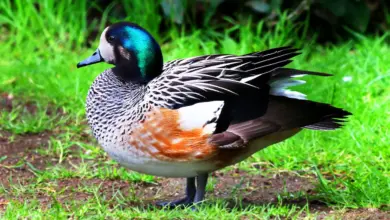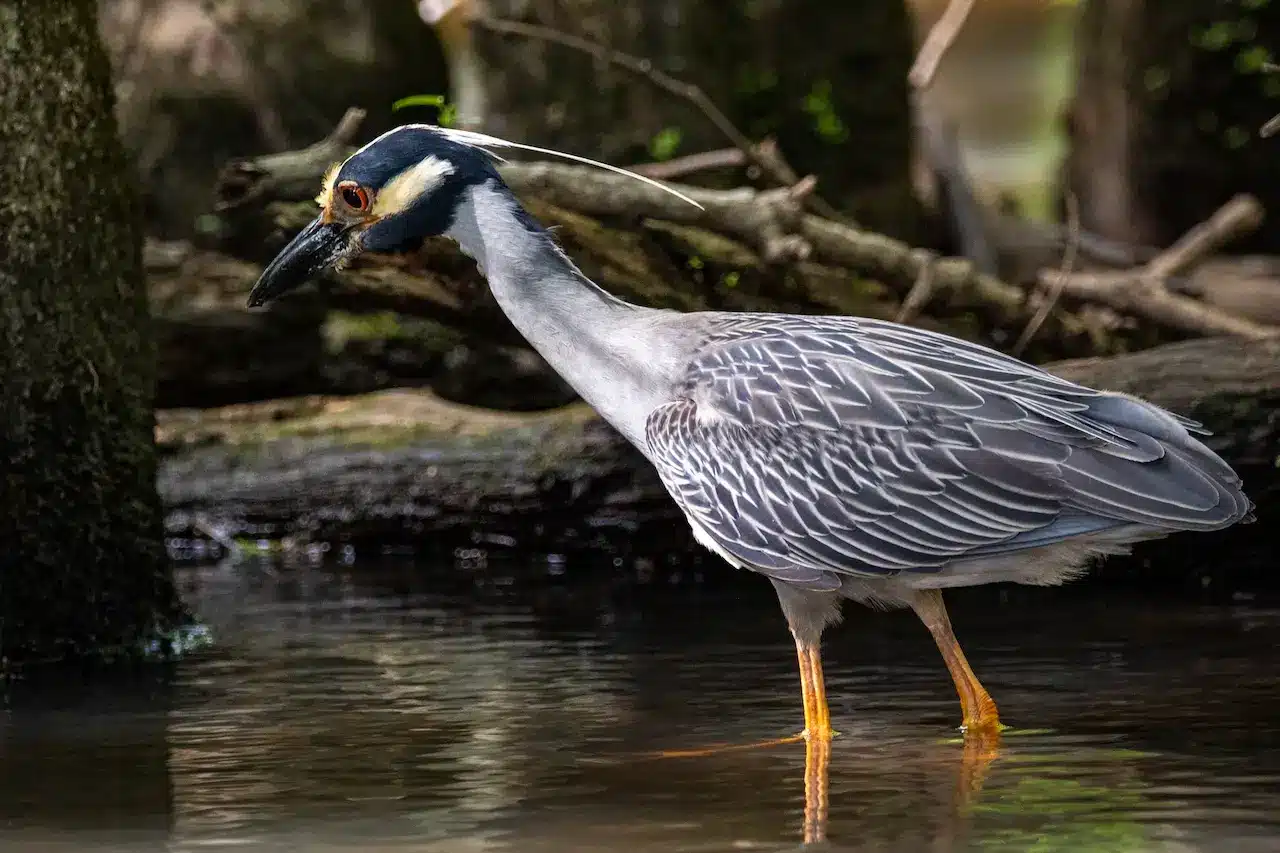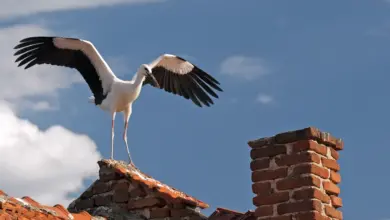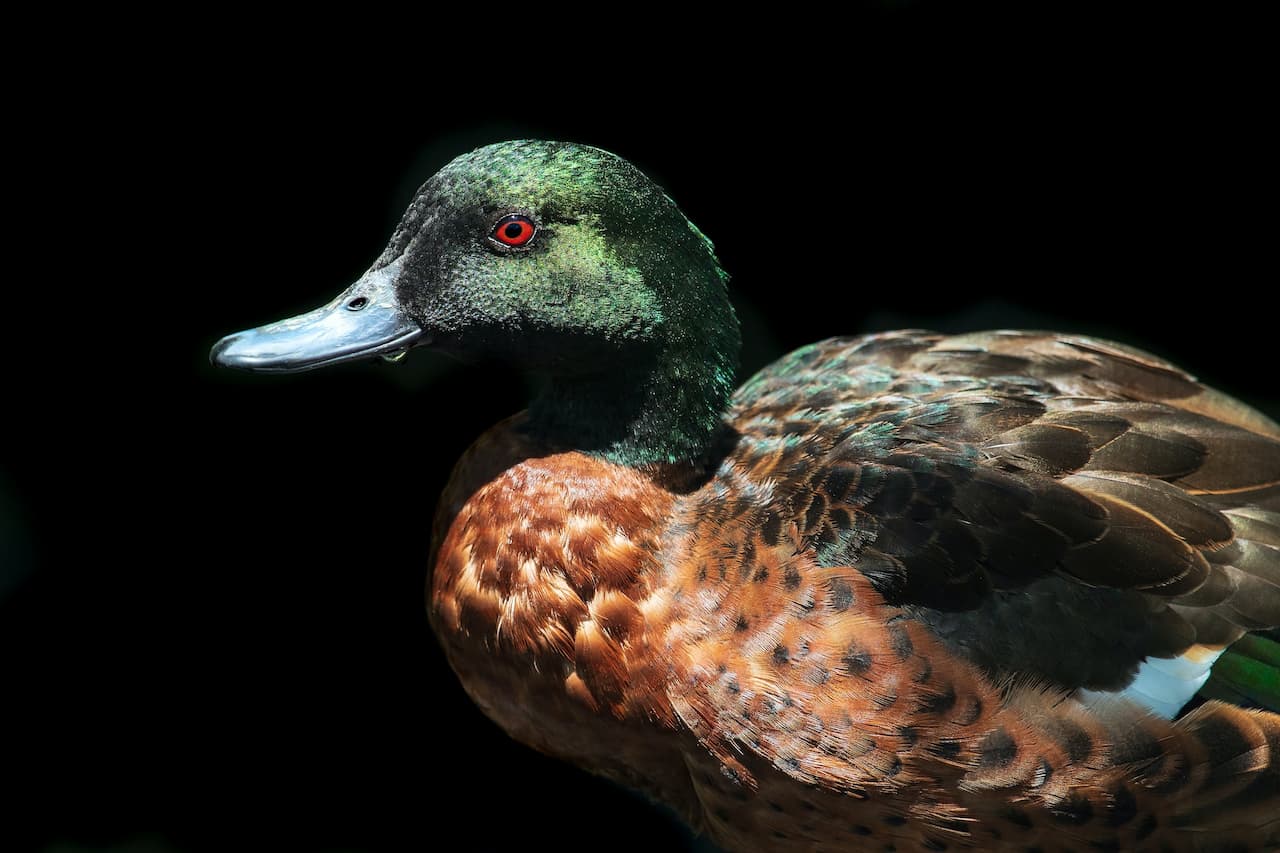Utility Birds (Meat and Eggs)
Reasons for Keeping Domesticated Geese & Gender Identification
Geese were historically used for their meats. Commercial production will usually use the large, heavy-weight breeds; however, the small geese are usually more manageable and fit into standard-size appliances.

Some geese are commonly kept for the production of the popular pté foie gras (fatty liver paté – cooked goose liver and fat minced into a spreadable paste with spices added for taste). This is a delicacy in France and French restaurants worldwide. The process involves fattening geese up by keeping them contained throughout their short lives; and force-feeding them for 12–18 days before slaughter. This process of force-feeding geese is commonly referred to as “noodling,” as in the past “noodles” (pasta) were forced down the bird’s throat.
This entire process will cause a diseased, enlarged, “fatty” liver, which can be as much as 10 times the size of a healthy liver. Since “foie gras” is very expensive, the more enlarged (heavier) a liver is, the more income is derived from it. This practice is, however, by many considered inhumane and cruel and is, therefore, banned in several countries.
Domestic geese were bred to produce more eggs than the wild geese — 5-12 eggs per year are produced by a wild goose; compared to 20 – 60 eggs (up to 160, depending on race) laid by a domesticated goose. The eggs are white and weigh, on average, between 6 – 7.8 oz (170 g and 220 g). The incubation period for goose eggs is about 30 days in smaller breeds and 33 – 35 days in large-weight geese.
Suitability as pets
Geese are increasingly appreciated for their affection and intelligence. Newly hatched goslings will readily accept anyone as “mom” or “dad” who approaches or handles them (a process of becoming attached to a parent or a parental surrogate is commonly referred to as “imprinting”). These birds, in particular, are likely to turn into loving pets.
Geese can be very loud – and can be considered a nuisance by neighbors. They are generally not a good choice for those living in residential areas with neighbors in close proximity to each other.
If kept as pets and breeding is not desired – it would be best to keep at least a couple of females, as they like companionship. Two males are generally more likely to fight with each other (although some can be quite compatible – especially if they have been raised together).
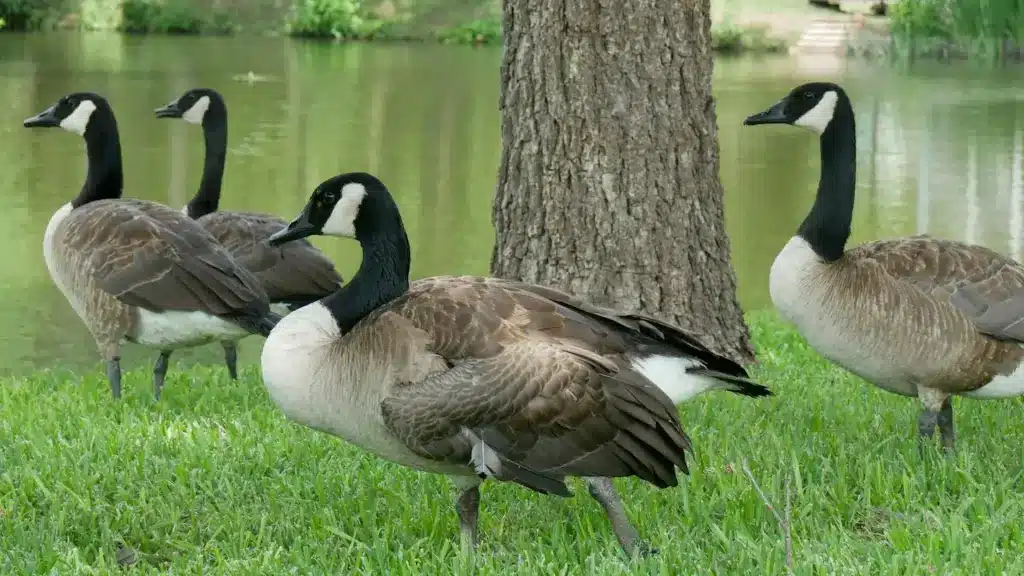
Efficient “lawn mowers” and biological “weed control agents”
As they eat grasses and herbaceous plants, they will automatically control grass growth and reduce the amount of weed – and are particular useful in inaccessible areas, such as irrigation ditches and along fence rows. However, pesticides are detrimental to their health and their use should be exercised with caution.
They are quite useful in controlling weeds in crops, such as cotton, strawberries and orchards; as well as pond weeds, para grass, water-lily and water hyacinth.
Per 2.5 acres (1 hectare), adequate grass growth and weed control can be provided by about 50 – 60 adult geese. If only light grazing is needed, 15 to 20 adults are sufficient.
Geese and other animals
Geese and dogs usually don’t get along and should be kept separated. Cats usually stay out of their way. Ducks and geese generally get along, especially is there is enough room for all. Smaller geese may be attacked by cats.
“Guard Animals”
As geese are capable of distinguishing between everyday noises from other sounds, they make excellent ‘watch animals.’ In fact, they have been used by the Romans to detect approaching enemies and were found to be more reliable than guard dogs. Good watch birds are alert and vocal, if they spot potential threats.
However, “guard geese” tend to be very noisy and their loud honking can be quite a nuisance in areas where walking people or passing animals near the property are likely to prompt them to sound the alarm throughout the day.
Excellent Choices for “Guard Duty” are:
- Pomeranian Geese
- Roman Geese
- Chinese Geese
Gender Identification
“Auto-sexing”
Some breeds are sex-linked and can be visually sexed by color.
The male can generally be identified by their white plumage; while females are either entirely grey, or pied grey and white. Such “auto-sexing” breeds are:
- Pilgrim GooseCotton Patch GooseNormandy GooseShetland GooseWest of England Goose
Some Chinese and African breeds can be sexed by the size of their knobs (males’ being larger).
With other breeds, there may be some differences in size, behavior and different calls.
Visual and Auditory Sexing:
Males (ganders) usually have larger bodies, including larger necks and heads than females. These differences are less pronounced in juveniles.
Males emit shrill, high pitched notes; whereas females’ are typically lower, deeper and harsher.
However, these two methods are not failsafe. In cases where accurate sexing is important (for example, if they are to be bred), DNA or vent sexing is recommended.
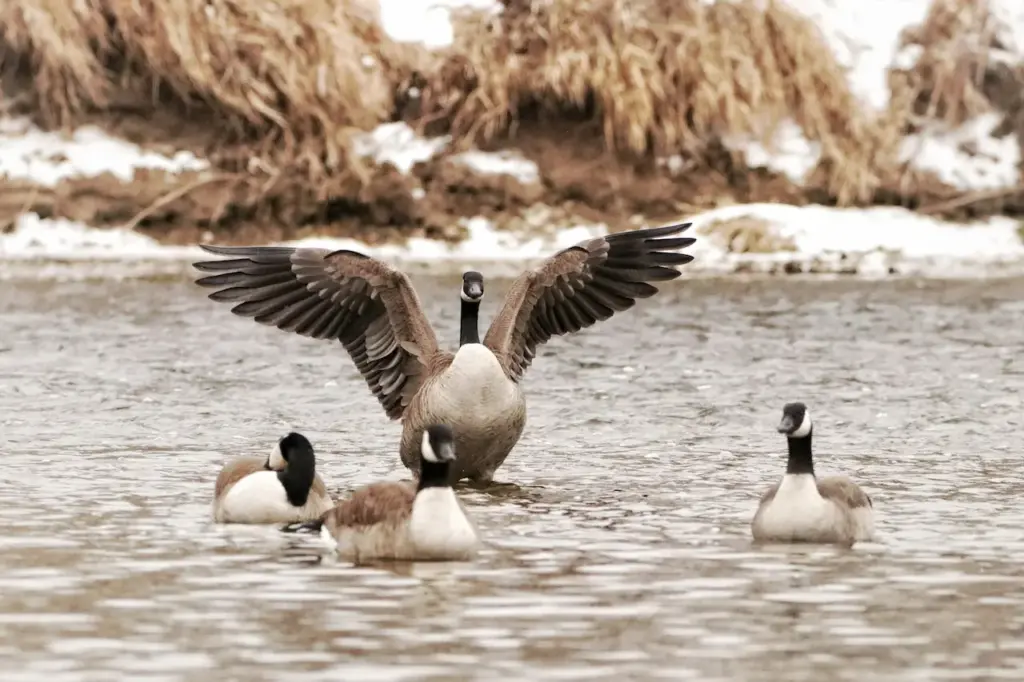
Vent sexing
This is most easily done on goslings. It entails gently squeezing feces out of chick’s vents (also called cloaca), thus opening it up, allowing you to see if there is a small “bump” which would indicate that it is a male. This being said, some females also have these bumps, but if they do, they rarely are as large as those of male chicks.
An adult is lifted by the neck and turned on the back (either over the knee or on a table) with the tail pointed away. Bent the tail downwards and insert the forefinger about 0.4 inches (1 cm) into the vent opening (cloaca) and move it around in a circular motion to enlarge the muscle and turn the inside skin in the vent out to expose the sex organs. The mature male’s sex organs are white, spiral in shape, and about 1.6 inches (4 cm) long.
Once the gender has been identified, it is recommended to mark birds using leg bands, wing bands or web punching (= holes punched into the webbing of toes – note: they usually fill in over time).

